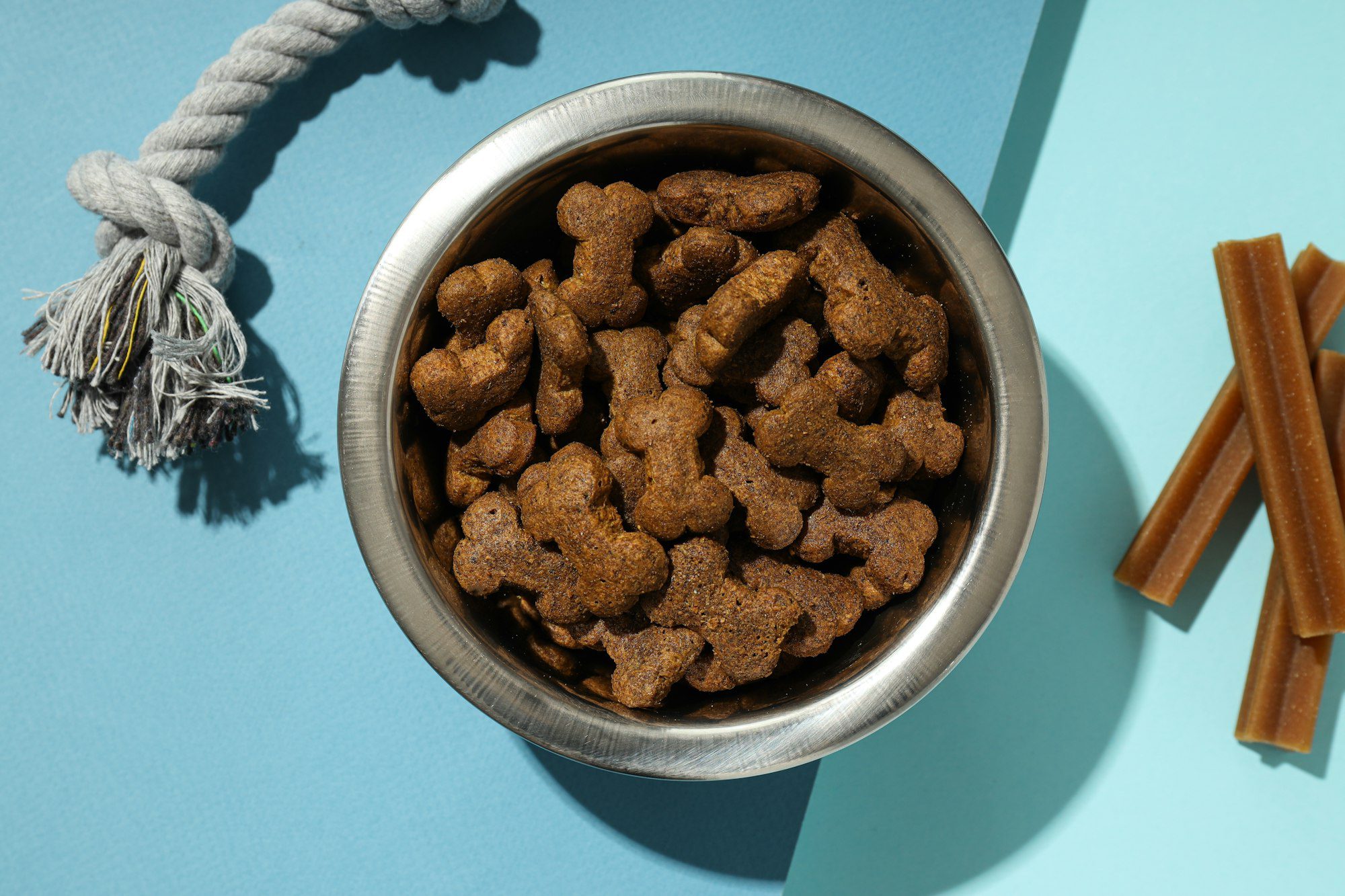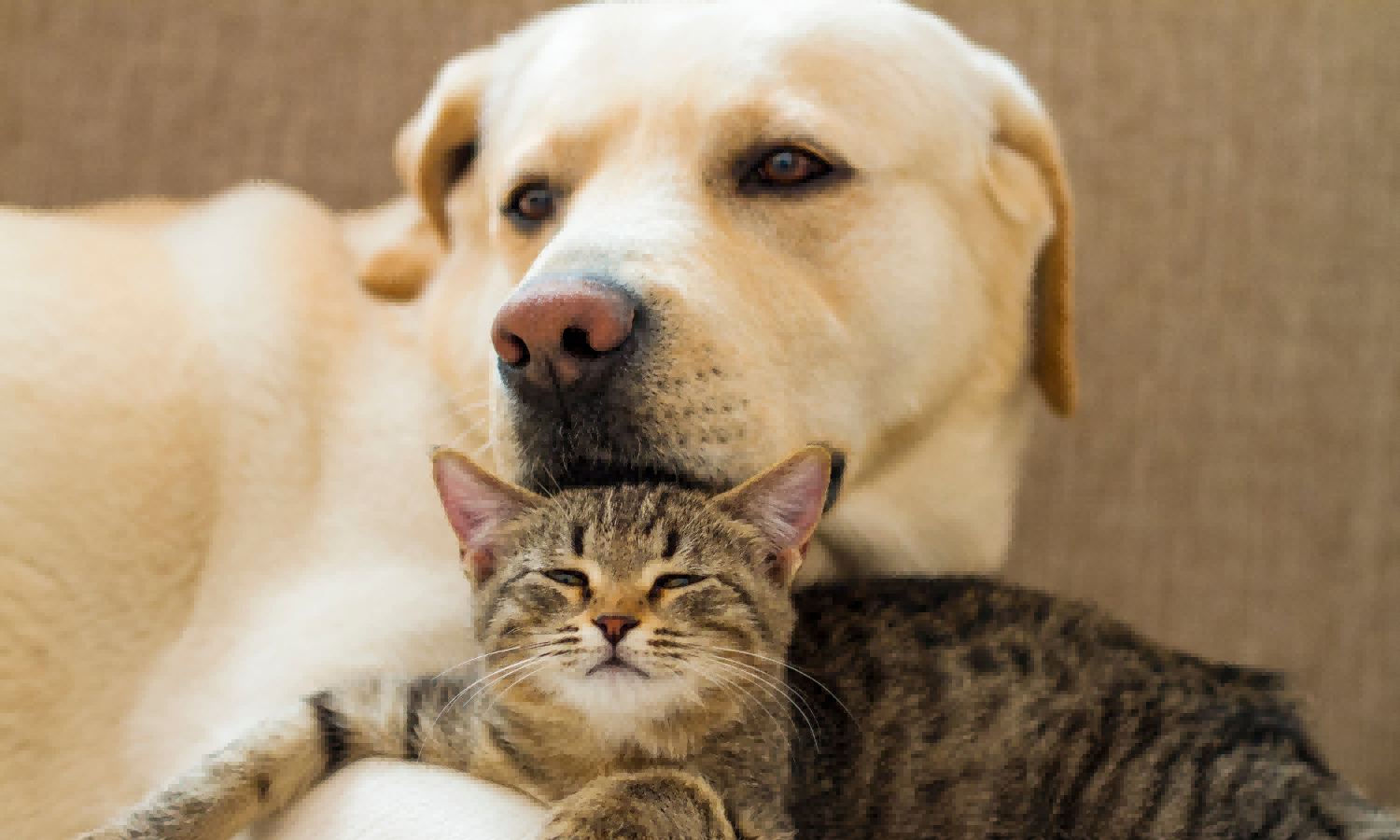Palatable Kibbles
Introduction:
Pet food isn’t just sustenance; it’s an integral part of our pets’ lives. Just as we seek delicious and nutritious meals, our pets deserve the same.
Crafting palatable kibbles isn’t just about ensuring that pets eat; it’s about making sure they enjoy what they eat. In this article, we’ll delve into the world of pet food, exploring how to make kibbles that are not just nutritious but also incredibly appetizing.
Understanding Palatability:
Palatability refers to how much a pet enjoys its food. It’s about taste, smell, texture, and even appearance. A pet’s food preferences can be influenced by a variety of factors, including their species, breed, age, health status, and past experiences.
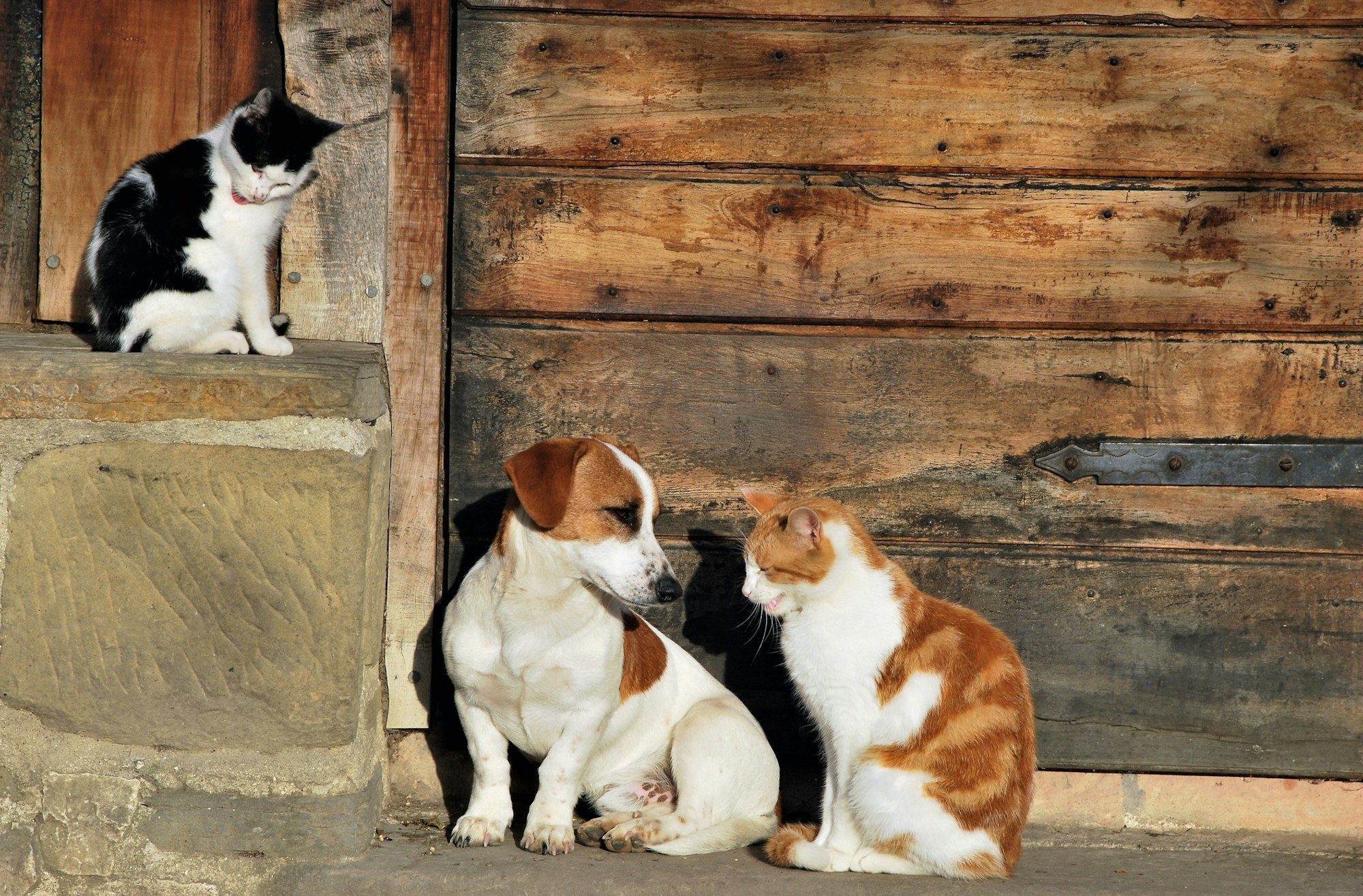
Factors Affecting Palatability:
- Ingredients: High-quality ingredients are the foundation of palatable kibbles. Fresh meat, poultry, or fish, supplemented with wholesome grains, vegetables, and essential vitamins and minerals, create a well-balanced and tasty meal for pets.
- Texture: The texture of kibbles plays a significant role in palatability. Some pets prefer crunchy kibbles, while others may enjoy softer or chewier textures. A mix of textures can enhance the eating experience for pets.
- Aroma: Just like humans, pets are attracted to food with appealing aromas. Fresh, high-quality ingredients and natural flavor enhancers can make pet food more enticing.
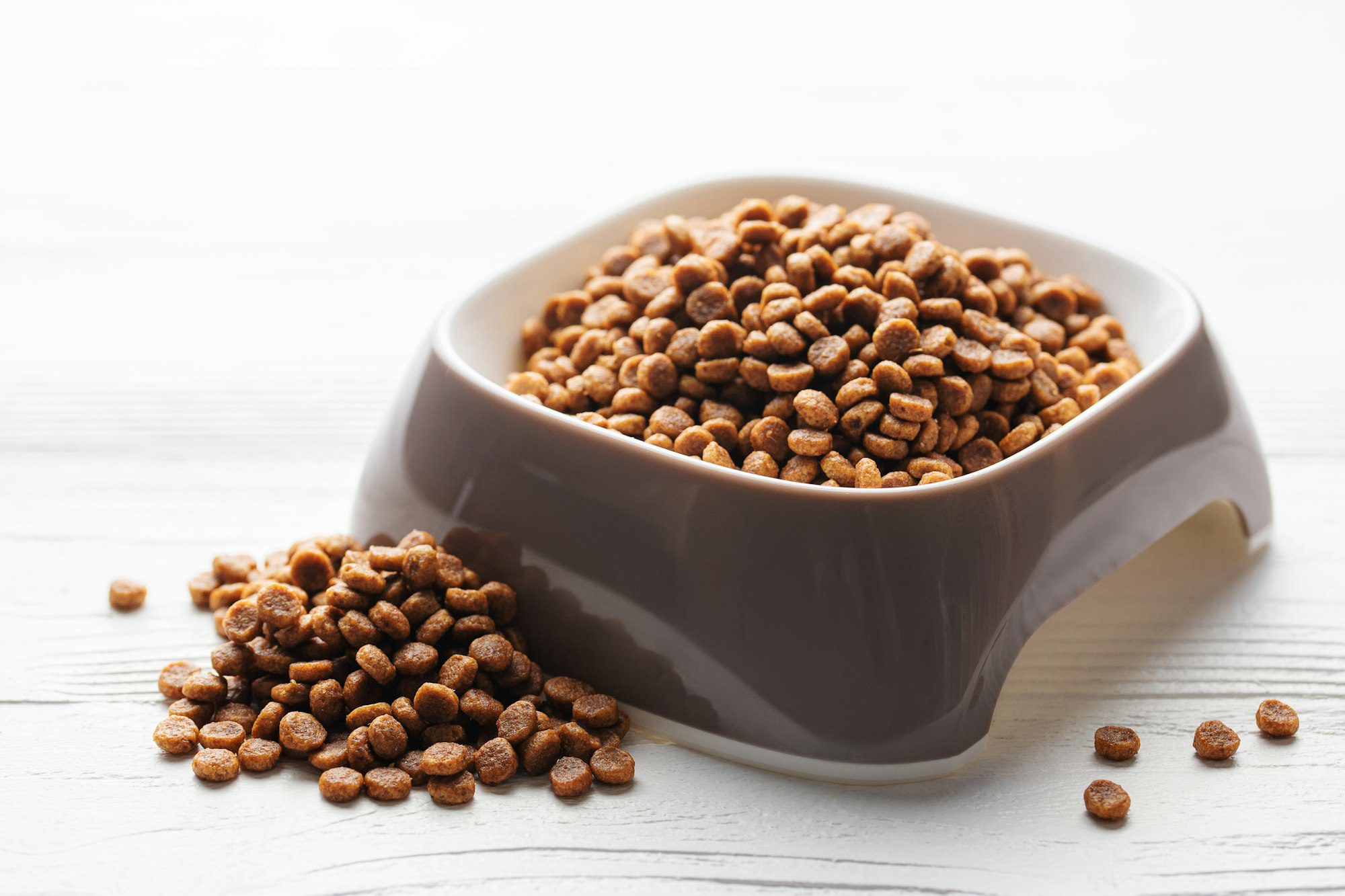
- Appearance: While pets may not be as visually discerning as humans, the appearance of their food can still influence their willingness to eat. Bright colors and varied shapes can make kibbles more visually appealing.
- Nutritional Value: Palatable kibbles should not only taste good but also provide essential nutrients to support the pet’s overall health and well-being. A balanced diet is crucial for maintaining optimal health.
Explore how to make kibbles more palatable for your furry friends:
Selecting High-Quality Ingredients:
- Proteins: Choose high-quality protein sources such as chicken, turkey, beef, or fish. These proteins not only provide essential amino acids but also contribute to the flavor and aroma of the kibbles.
- Carbohydrates: Opt for wholesome grains like brown rice, oats, and barley. These grains provide energy and fiber, and they can also add texture to the kibbles.
- Fats: Incorporate healthy fats such as chicken fat, fish oil, or flaxseed oil. Fats not only enhance the taste of the kibbles but also provide essential fatty acids for healthy skin and coat.
- Vegetables and Fruits: Include nutrient-rich ingredients like sweet potatoes, carrots, peas, and blueberries. These ingredients not only add flavor and texture but also provide essential vitamins, minerals, and antioxidants.
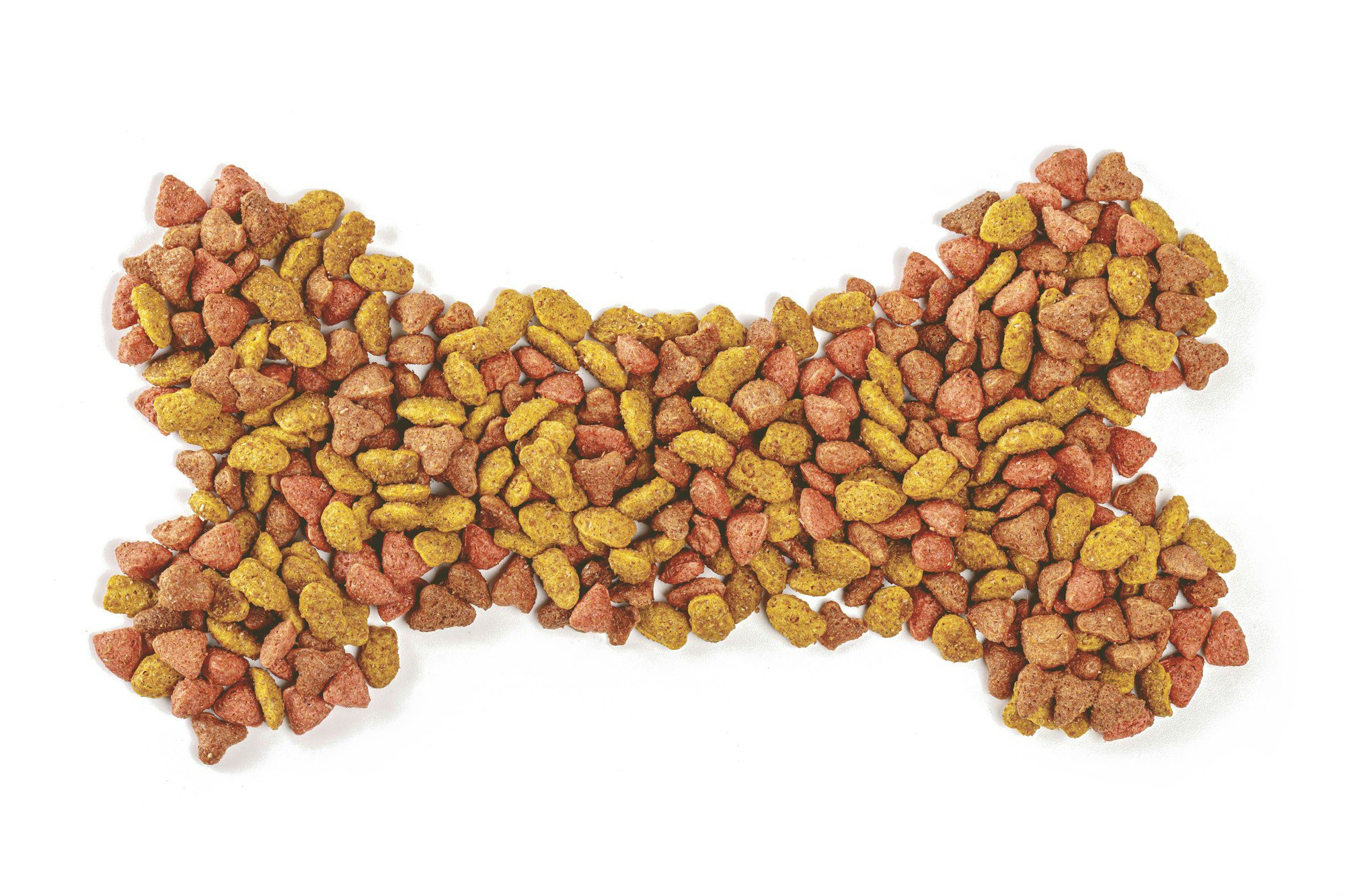
Balancing Flavors and Textures:
- Variety: Offer a variety of flavors and textures to keep your pet interested in its food. You can mix different proteins, grains, and vegetables to create a well-balanced and flavorful meal.
- Crunchy vs. Soft: Some pets prefer crunchy kibbles, while others may prefer softer or chewier textures. Experiment with different textures to see what your pet enjoys the most.

Enhancing Aroma and Flavor:
- Natural Flavor Enhancers: Use natural flavor enhancers such as chicken or beef broth, fish sauce, or dried liver powder to enhance the aroma and flavor of the kibbles.
- Herbs and Spices: Incorporate pet-safe herbs and spices like parsley, basil, turmeric, or ginger to add flavor and aroma to the kibbles.
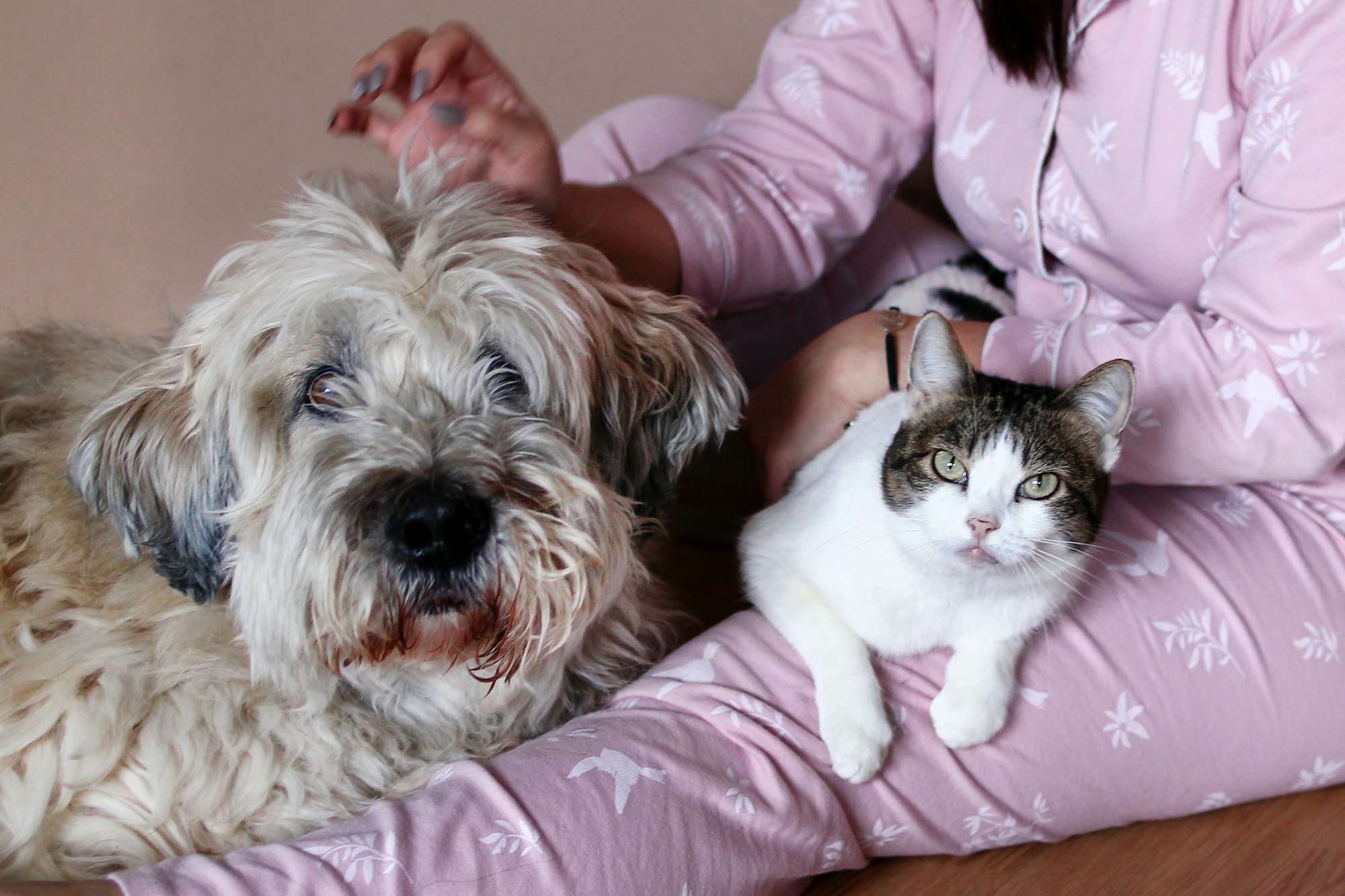
Ensuring Nutritional Balance:
- Consulting with a Veterinarian: Work with your veterinarian to ensure that your pet’s diet is nutritionally balanced and meets its specific dietary needs.
- Reading Labels: Read the ingredient list and guaranteed analysis on pet food labels to ensure that the kibbles provide a complete and balanced diet for your pet.
Conclusion:
Crafting palatable kibbles is both an art and a science. By selecting high-quality ingredients, balancing flavors and textures, enhancing aroma and flavor, and ensuring nutritional balance, you can create kibbles that your pet will love. Remember to consult with your veterinarian to ensure that your pet’s diet meets its specific dietary needs. With a little creativity and experimentation, you can make mealtime a delicious and enjoyable experience for your furry friend.

